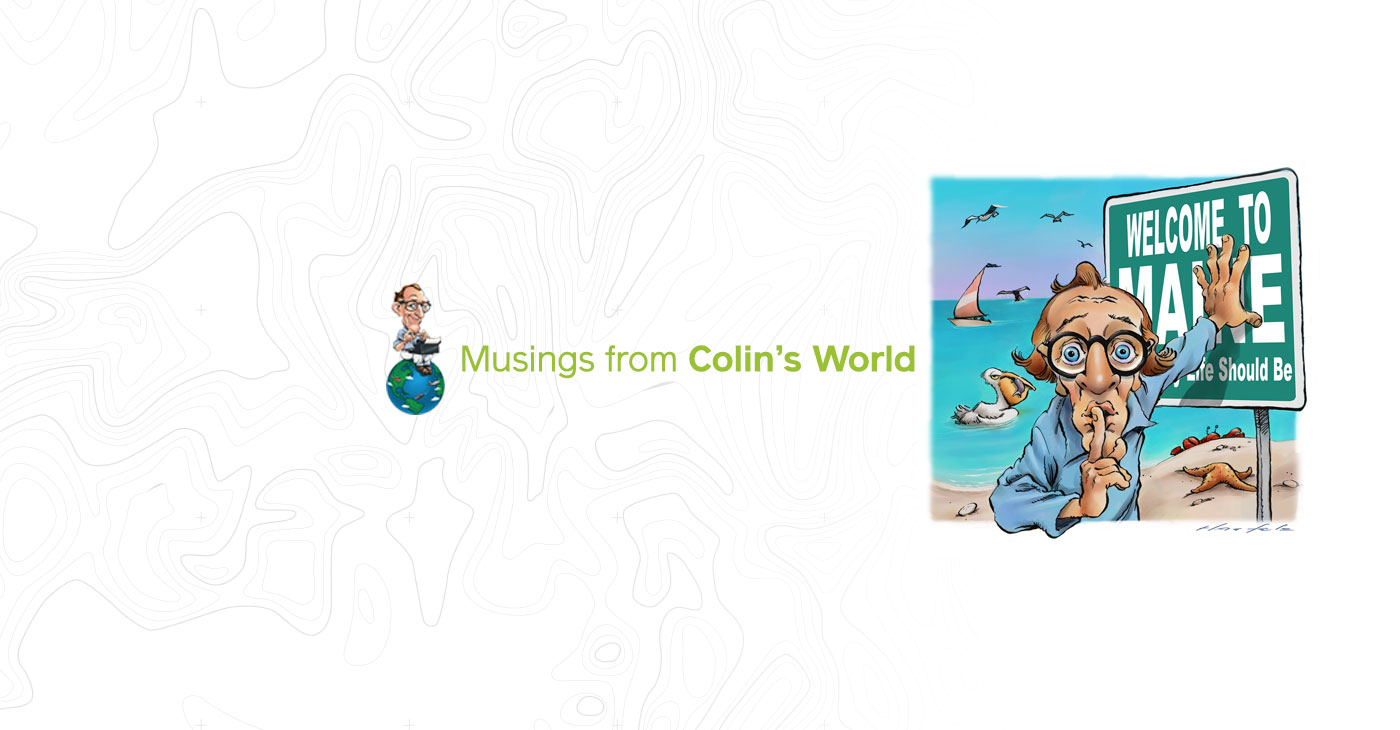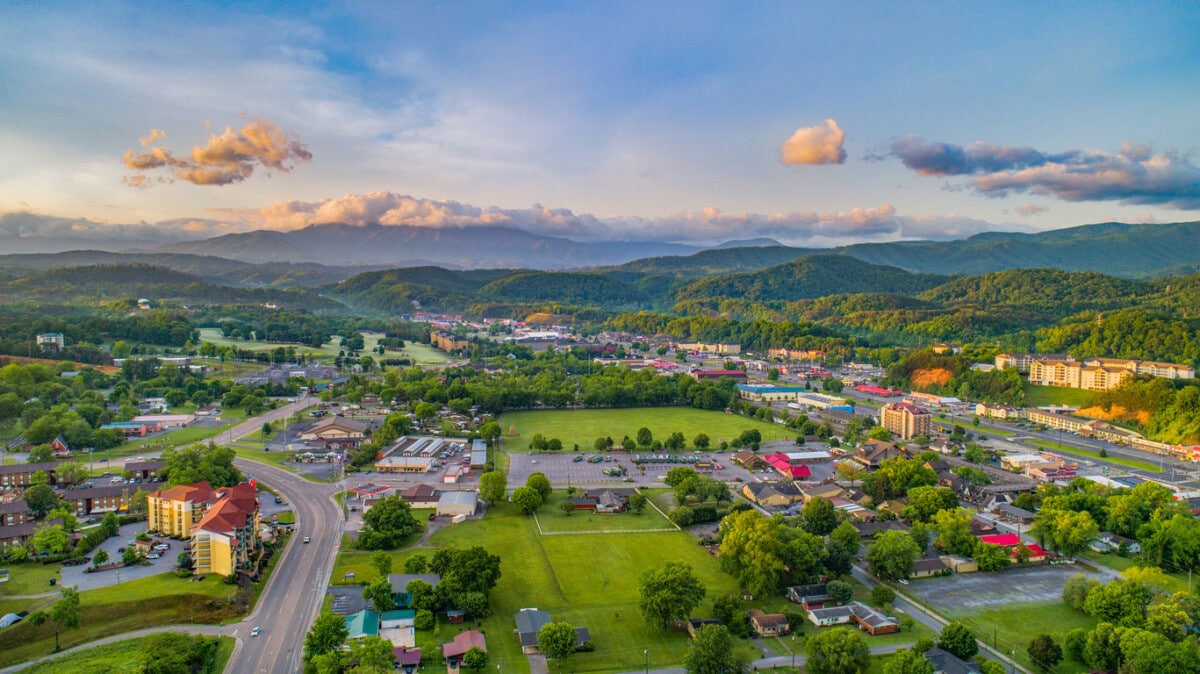Shhh! Don’t Say It Too Loud! (Maine!)
5 min read
When I think of the American frontier I think of the West. That’s reasonable because the United States started on the East Coast and moved westward. It was “Manifest Destiny.” “Go West, young man!” was the clarion call to men in search of opportunity. But Maine was also a frontier, and still is, relatively speaking. It’s the Wild East. Maine was a part of America that hung back behind the westward expansion. In the rush West, it got passed by, as if no one noticed it.

Like most people, I love to see new places. But I also like to return to places, and some I return to over and over. Maine is one of those. Because I have family in Maine I have been visiting for 40 years. I’ve been there at all times of the year, stayed for weeks, months, even a year at a time. But even so, I have barely begun to explore Maine.
Maine became a state in 1820 as part of the Missouri Compromise, a free state to balance the slave state of Missouri. The people of Maine had their own reasons for breaking off from Massachusetts. But although Maine was officially brought into the Union, in many ways it remained off to the side. Maine remains largely untamed. And that’s central to its charm.
This one state is as large as all the other New England states combined. It’s the size of Indiana, or Portugal, and has only 1.3 million residents. That’s about one-sixth the population of New York City. Nearly half of them, 550,000, live in and around the city of Portland. That leaves some big, open country, still remarkably unspoiled. But though Maine is a frontier in a sense, it has a history that is rich and old. A lot of history survives both in the culture and in physical structures, such as lighthouses, churches and homes that harken back to its earliest seafaring days.
When you read that Maine was settled in 1607 by the Plymouth Company, it refers more to a political formality than to its actually being populated. Maine was a remote part of a massive tract of land granted to the colonists by King Charles of Britain. The Plymouth Company was based in the southeastern corner of Massachusetts, 100 miles south of Maine, and 400 miles from the northern end. In the days before any land transportation faster than horses, there wasn’t much traffic between Plymouth and Maine. What there was went by sea. The Plymouth Company did establish a settlement in the summer of 1607 at the mouth of the Kennebuc River in Popham, Maine. But after surviving one brutal Maine winter the enterprise was abandoned in the autumn of 1608, rather than face a second winter.
Before the colonists, the history of Maine stretches back into the fog of history. The State of Maine website says, “Five hundred years before Columbus ‘discovered’ America, Leif Ericson and a crew of 30 Viking sailors are believed to have explored the Maine coast and may have landed and tried to establish a settlement here.” If that’s true, it’s no wonder why the settlement was abandoned. Maine was never an easy conquest. It repelled more incursions than it permitted.
John Cabot explored the area for England as early as 1497, and for the next few hundred years England, Spain, France and Portugal competed over it. The first European settlement was by the French on Croix Island in 1604. The French named it Acadia, and the French and English fought over it until 1750, when the British defeated the French. Some of the French Acadians who left rather than be under British dominion are the same folks who turned up in Louisiana and became “Cajuns”.
Even before the Vikings, Maine had a history. There have been people there for some 13,000 years; when the Europeans arrived they were mostly from four tribes—the Maliseet, Micmac, Passamaquoddy and Penobscot, known collectively as the Wabanaki, or “People of the Dawnland.” Most were forced out by the European colonists.
Maine is unique in countless ways. It’s one of few American states that border another country. It’s practically surrounded by Canada. And it retains much of its French-Canadian culture and history. Of the Lower 48 States it’s the farthest east. Out west some states extend a little farther north, but it is by far the most northerly state east of the Mississippi.
Maine retains its original character “off the beaten path.” On the map it’s like a thumb growing out of the extreme northeast point of the country. It’s way out on a limb. Maine license plates say “Vacationland,” but when you cross the bridge over the Piscataqua River that separates New Hampshire from Maine, the sign that welcomes you says: “Maine, the way life should be.” There’s a good case to be made for that. The unspoiled natural beauty is breathtaking at all times of the year.
Shame on me, I haven’t been much of an explorer when it comes to Maine. The main reason is that I enjoy the places I do visit so much that I haven’t gotten around to going much farther. I return over and over, and enjoy the beaches, the lobster, New England architecture and the seafaring culture.
I need to do more exploring further north, up the rugged coastline and off into the great wilderness. But until now, my pleasure has runneth over in the southern tip, at the Yorks, Ogunquit, Kittery, Kennebunk, etc. It’s a charming area, and there is more to see and do than there could possibly be time for.
Ogunquit is historically an artists’ community and that tradition remains. The town is thick with culture, arts, crafts, fine live theater and great restaurants. Some people surf at York Beach. Many love to visit Kittery to shop at the outlet stores there. Further north the beauty and allure of wild Maine intensifies. There are towering pine forests, sparkling lakes, crystal clear rushing water in the rivers, unspoiled wilderness, and the amazing beauty of the coastline. Then there are the people, the Mainiacs, a unique subculture, as well as museums, restaurants and inns, Native American culture and that of Old New England, the logging and fishing cultures. I don’t think I’ve ever eaten a lobster anywhere but Maine. After having it at the source, it seems pointless to eat it any place where it has to be shipped. I can wait till I will be back in Maine.
With modern heating, the winters aren’t as rough as in the colonial days. I enjoy the Maine winters. It’s meditative in the winter, and gorgeous in every season. There’s no fresher air than what I take into my lungs when I get to Maine. As dark as the winters are, the summers are amazing, with long, warm days, and cool nights. The beaches in southern Maine are fantastic. The water temperature tends to be a little bracing even at its warmest. But on a hot summer day, it cools you, when the water at some of the southern beaches may be too warm to give you much relief from the heat.
Maine is an endlessly rich source of joy. But it only has 1.3 million people. So you can see why I don’t want to say this too loudly.
Your humble reporter,
A. Colin Treadwell






